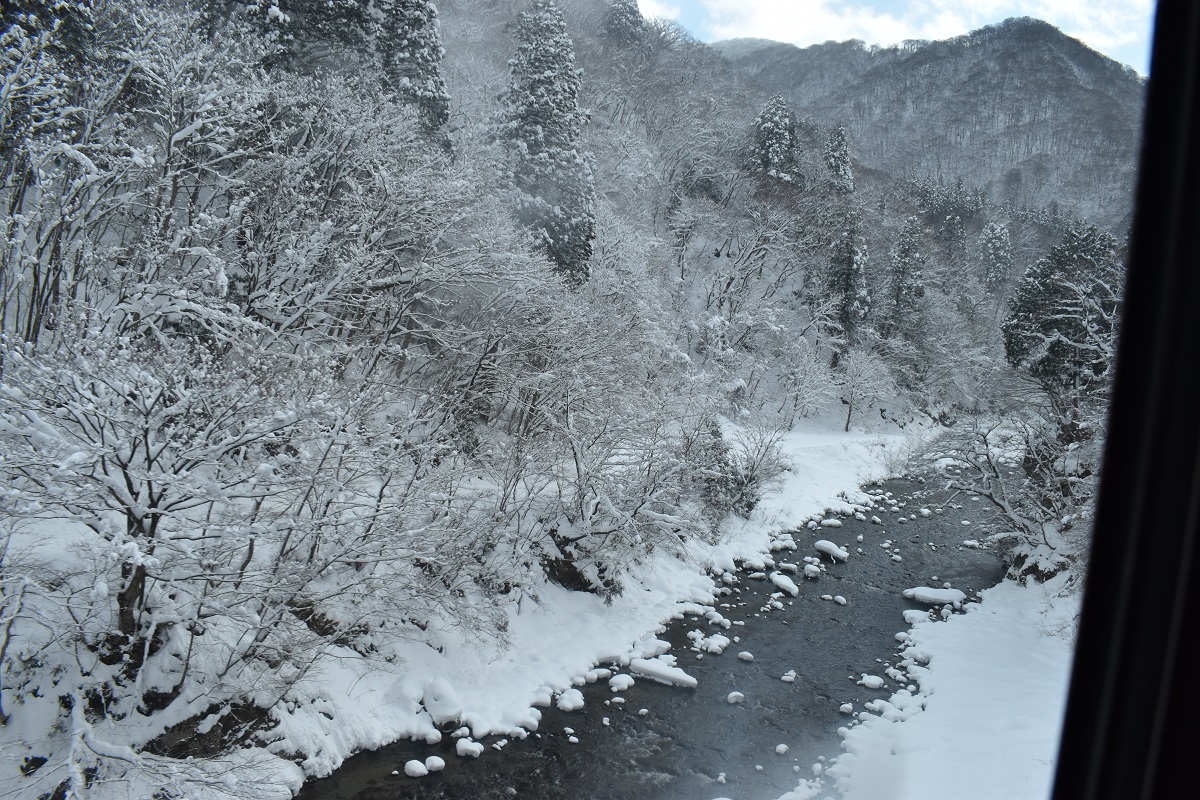When you get off at Agano Station, you will see the station plaza, which is not very popular for sightseeing. Following a group of energetic elderly people who have finished their warm-up exercise in front of the station, we follow the group up and down the narrow cliff-top path and mountain path along the railroad tracks until we arrive at the entrance to Togo Park.

Chichibu Mitake Shrine and Togo Park coexist there. A little further up, you will see a blanket of bright autumn leaves surrounding the bronze statue of Marshal Togo. From there, the autumn leaves continue all the way to the mountain.

Along the way, the actual deck of the battleship Mikasa, which was the flagship during the Russo-Japanese War, is on display, with many holes punched by cannonballs. This is also the shrine that deified Mr. Togo Heihachiro, who defeated the Russian fleet.
At the top of the stone steps, you will reach the main hall of the shrine, but it can be flinching to climb up such a steep slope. You can enjoy the autumn leaves without even climbing. I have never seen a mountain so bright red during the autumn leaves.
By the way, there are many names of places near the mountains of Saitama Prefecture that are reminiscent of Korea. It is said to have originated during the Nara period in Japan, when people who fled from Goguryeo, which had been destroyed by the Tang Dynasty, were given a place to settle from the goverment. This kind of history is not learned in Japanese history. There has been a lot of exchange with the mainland since ancient times.
(*)There is a road that goes into the mountain along the railway from the Agano mining site. Believe in yourself and move on.
Goal to Chichibu (detail of Soba restaurant “Nagomi”)
The only way to get to Nagomi is to walk 20 minutes along a mountain path from Bushu Hino Station on the Chichibu Railway. However, it is a soba restaurant that is worth the walk. The restaurant serves only 50 meals a day, and for the first meal, the owner gets to sample the finished product. On the way, I don’t think I’m the only one who gets surprised when someone calls out to me, “It’s dangerous,” when I cross an unmanned railroad crossing. Who is that voice?




















































































